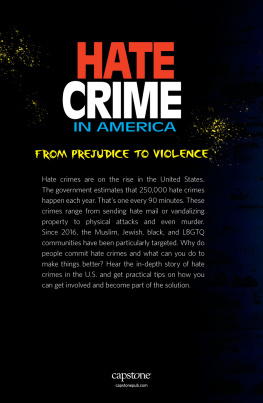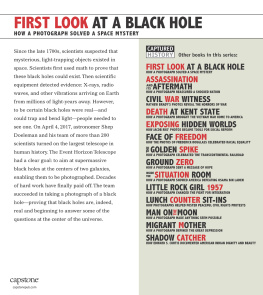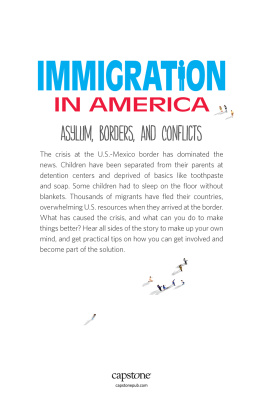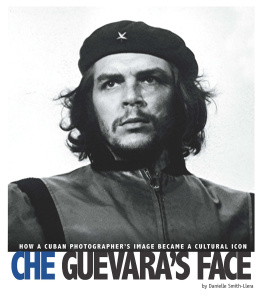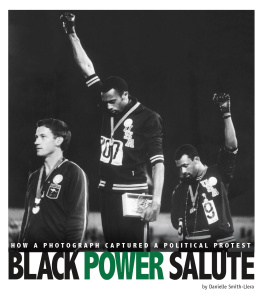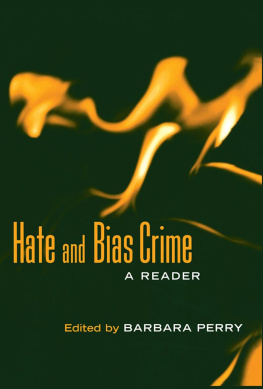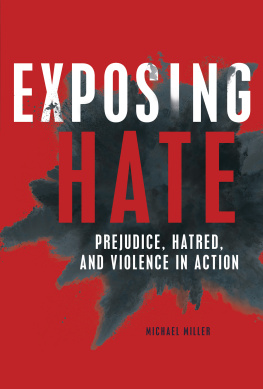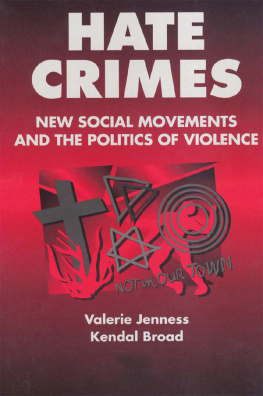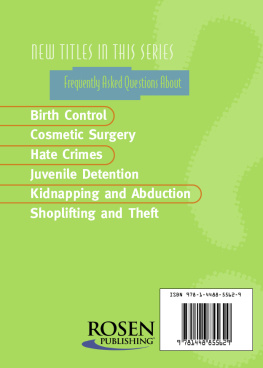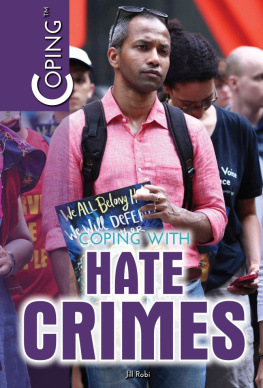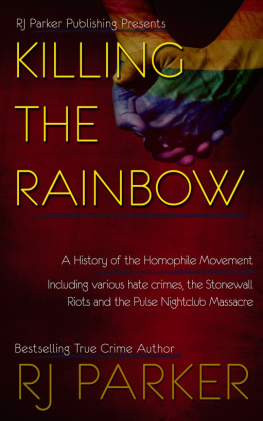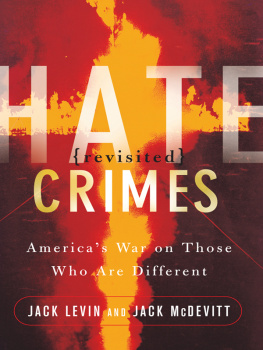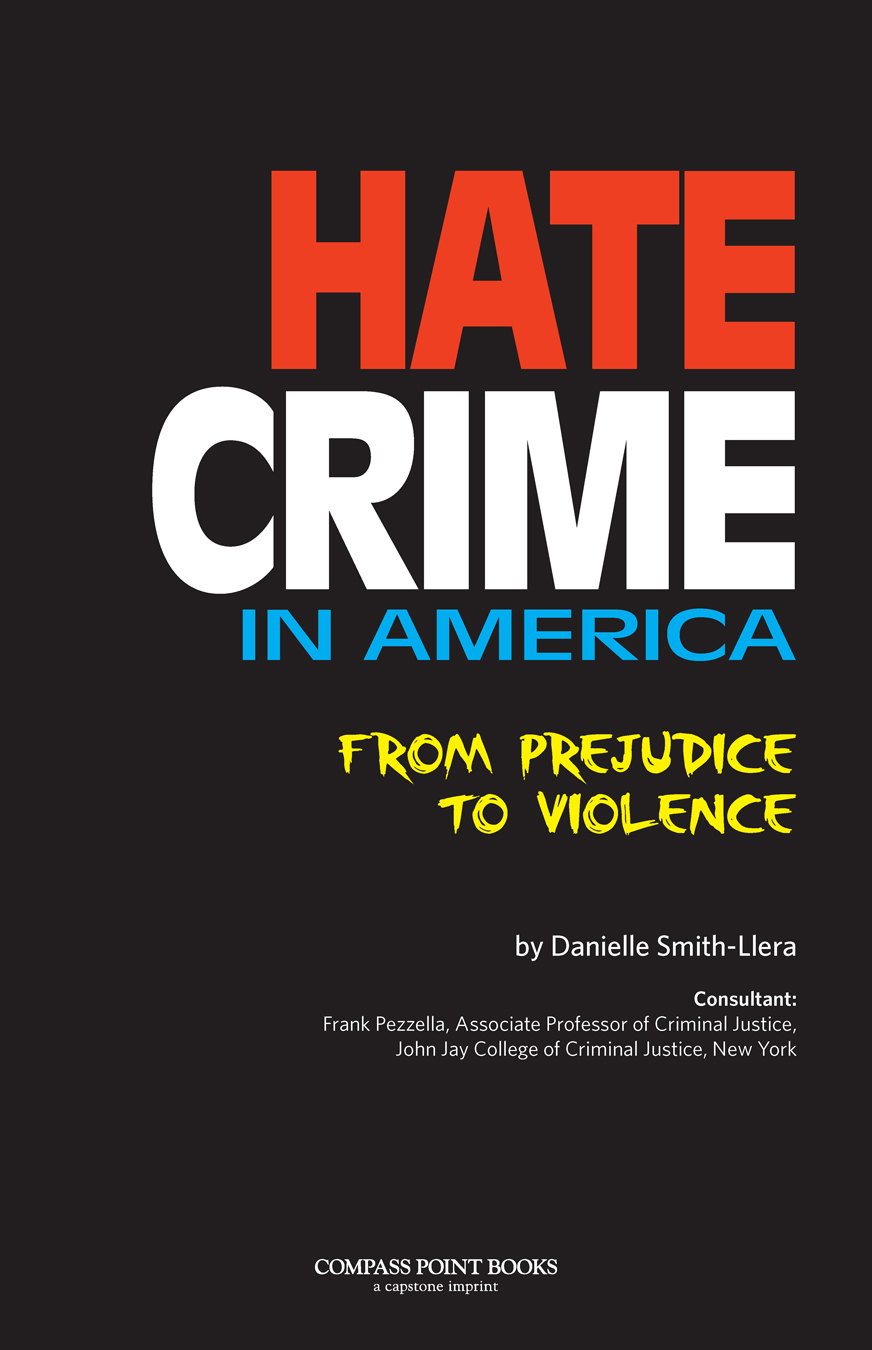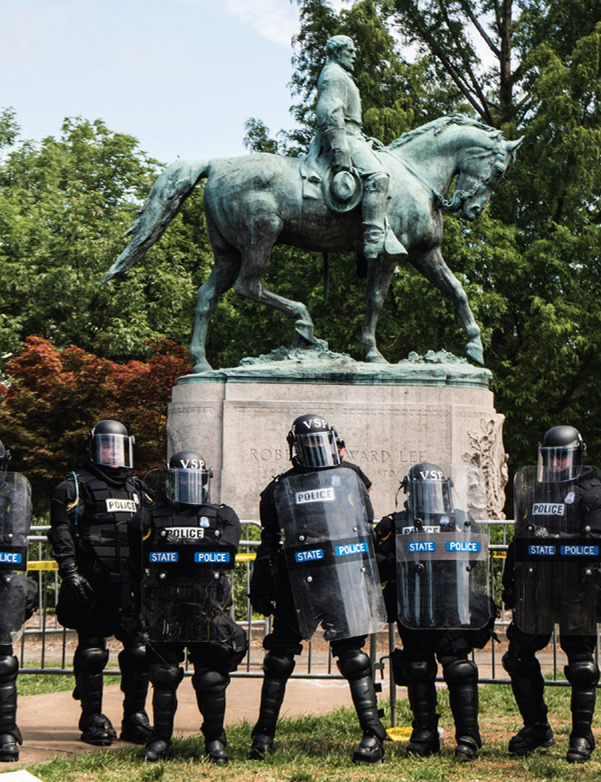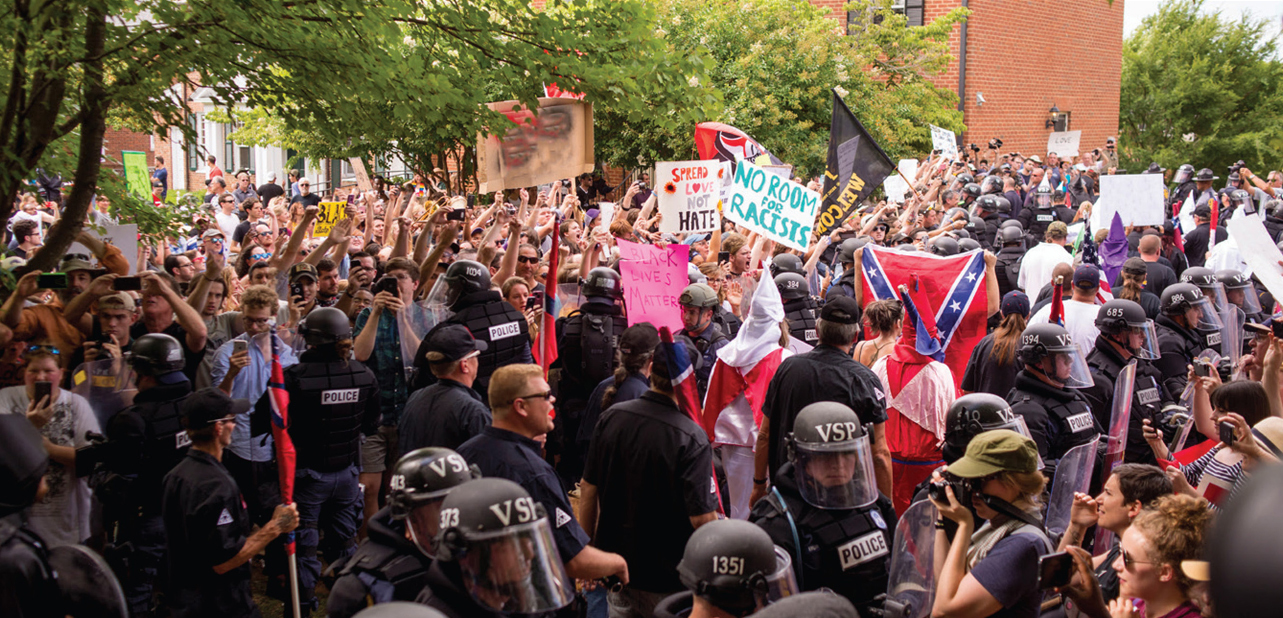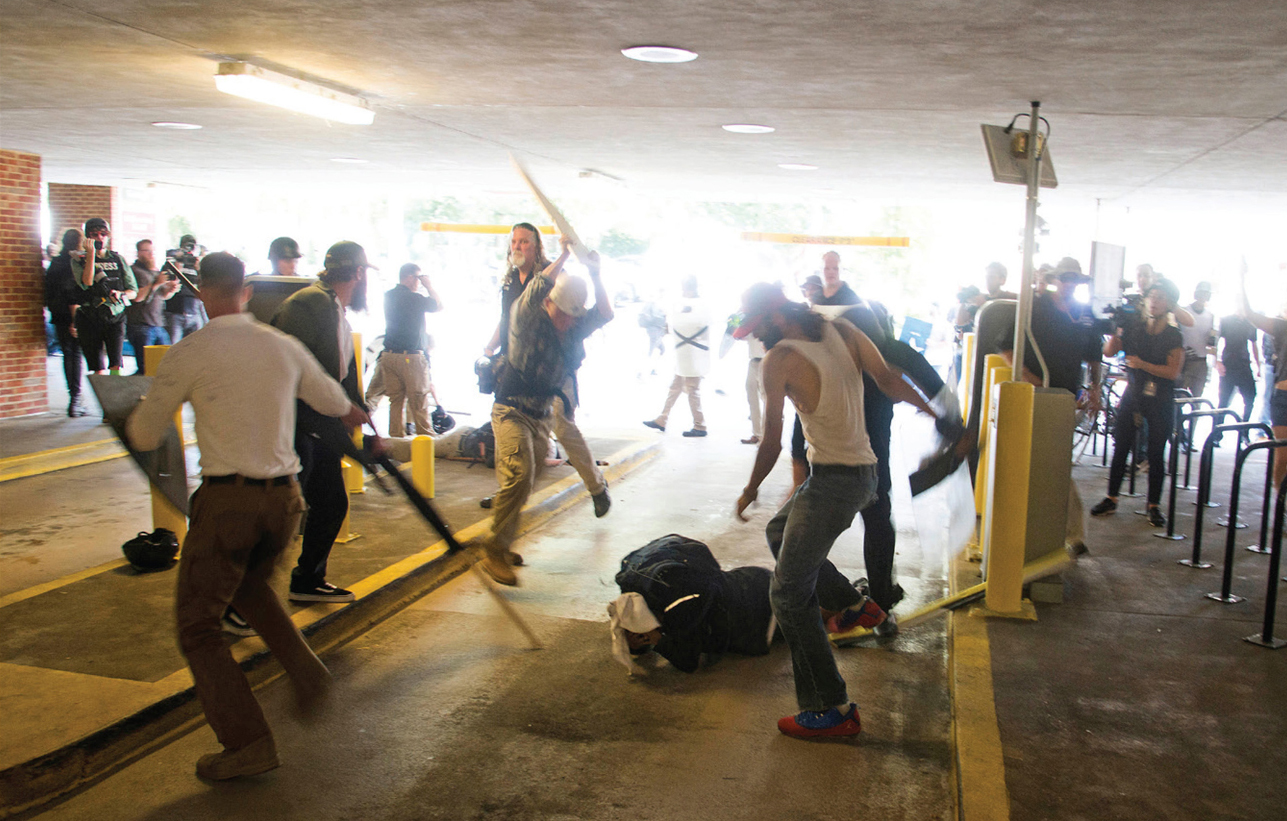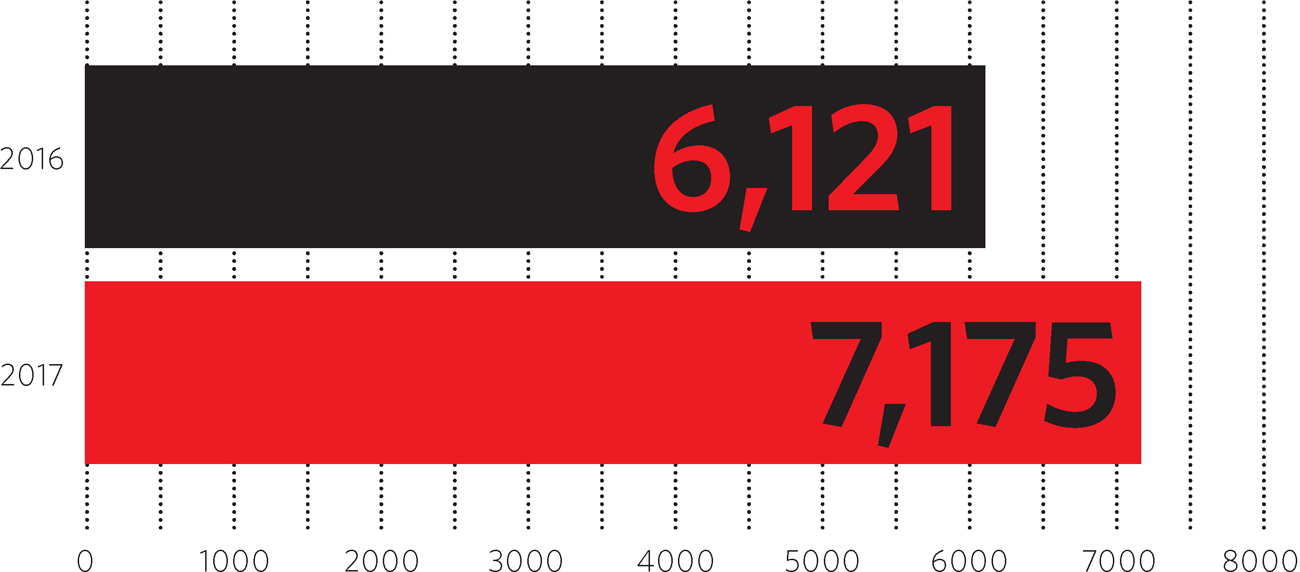HATRED IN PLAIN SIGHT
The driver was dimly visible inside the gray car that lunged toward the crowd in Charlottesville, Virginia. Sunlight flashed off the moving metal as tires screeched then screams broke out. The bumper launched people into the air in a scatter of shoes, sunglasses, and water bottles. After the collision, as many as 19 people lay in the street bleeding, dazed, or unconscious. One person, 32-year-old Heather Heyer, died from her injuries.
This tragedy on August 12, 2017, was no accident. Witnesses saw the car reverse away from the crowd, lurch forward, and accelerate into the many people filling the narrow street. A James Fields, had acted in anger. How could a gathering of people he didnt know fill him with such rage?
Fields had driven from Ohio to Charlottesville with a single purpose. He planned to join hundreds of mostly young, white men in a protest. They wanted to halt the city governments plan to remove a statue of Civil War General Robert E. Lee from a public park. For many in Charlottesville, the Confederate leader was a painful reminder of a time when white people enslaved black people in the U.S. But Fields and the other white supremacists in Charlottesville admired Lee and the racist attitudes of the Confederacy. They believed that white people were superior to all other races, including Jewish people. They came to Charlottesville to make their views known.
The protest in Charlottesville, Virginia, turned deadly when a car accelerated into the crowd, injuring more than a dozen and killing 32-year-old Heather Heyer.
Before committing his violent crime, Fields had marched through the city with protesters. They carried and hate.
Fact
Those who commit hate crimes can encourage others to commit their own. A third of deadly hate crimes motivated by white supremacist views were inspired by others like them. Killers may choose to commit hate crimes on the anniversary of another hate crime.
Free Speech
Until the protest turned violent, the marchers were breaking no laws by voicing their hatred. The First Amendment of the United States Constitution protects everyones right to free speech. This means that even beliefs and opinions that offend others are legalunless they threaten someone directly or lead to violence. Before the march began, police took up positions around the city and local hospitals prepared beds for anyone injured.
No one doubted that Fields had turned his car into a deadly weapon. Photographs of his attack on counterprotesters, some holding Black Lives Matter signs, shocked many in the nation. For his actions in Charlottesville, Fields was convicted in a Virginia state court of malicious wounding and first-degree murder. But his crimes fell into a special category. That category brought him to a federal courtroom in February 2019. There he was charged with hate crimes. Hate crimes are motivated by bias against a persons race, country of origin, religion, sexual orientation, gender identity, or disability. In July 2019, the judge imposed a life sentence plus 419 years based on the severity of his crimes.
More than Just a Statue
Riot police stood in front of the statue of General Robert E. Lee during the Charlottesville protest.
High school student Zyahna Bryant launched the movement to remove the Robert E. Lee statue from the Charlottesville park. In 2016, the teenager wrote a petition to the city council. I am offended every time I pass it. I am reminded over and over again of the pain of my ancestors and all of the fighting that they had to go through for us to be where we are now.
One month before the deadly 2017 rally, Bryant helped honor the memory of John Henry James, a black man targeted for his race. He was murdered in Charlottesville nearly 120 years earlier. Bryant was part of a group that collected soil from the place where James was hanged from a tree. They traveled to the headquarters of the Equal Justice Initiative in Montgomery, Alabama, to deliver the container etched with Jamess name. It joins a collection in the Community Remembrance Project that includes soil recovered from hate crimes committed from Tennessee to Maryland. The collection helps to make our history of racial injustice more visible and expresses our generations resolve to confront the continuing challenges that racial inequality creates.
The plan to remove the Robert E. Lee statue came to a halt after the rally. As of June 2019 the Lee statue still stands in its original location.
Proving a crime is motivated by hate can be difficult. Prosecutors presented evidence of Fieldss bias against the people he attacked. Before he drove to Adolf Hitler.
Fact
Hate crimes are different from other crimes. said Federal Bureau of Investigation director James Comey in 2014. They strike at our sense of self, our sense of belonging. The end result is loss: loss of trust, loss of dignity and, in the worst case, loss of life.
During the Charlottesville protest, white supremacists staged a demonstration in favor of keeping Confederate monuments. They were met by a crowd of more than 1,000 counterprotesters, and kept separated by riot police.
Fields was not the only person tried in court for carrying out hate crimes in Charlottesville that day. A surveillance camera in a downtown parking garage captured a group of white protesters beating a black counterprotester to the ground with clubs. They argued that they were defending themselves. The video shows an attacker dressed in combat gear, complete with goggles. The bleeding victim is seen trying to crawl away. The attackers left him with broken bones, a deep head wound, and a spinal injury. Video of the crime helped the judge and jury decide that the man was targeted because of his race.
The , robbery, and hate mail to physical attacks and murder.
DeAndre Harris, who was severely beaten by white supremacist protesters, was himself originally charged with misdemeanor assault. He was found not guilty.
Hate crimes can happen in grocery stores, places of worship, restaurants, parking lots, train compartments, traffic, or anywhere else people go. They can happen to almost anyone. Skin color is one factor that motivates hate crimes. Being born in another countryor having relatives who wereis another. But even white people born in the U.S. are not always safe. Being gay or transgender can trigger hate crimes. Having Anti-Defamation League.

